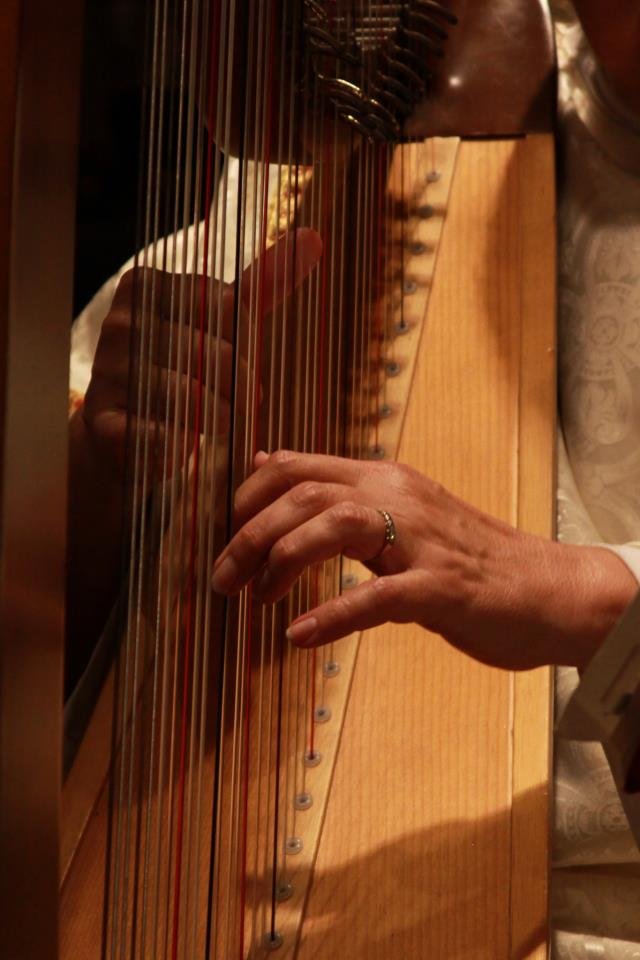Hope Out of Shameful Acts
“In the Cross and the Lynching Tree, James Cone highlights a paradox of the gospel: out of the shameful and humiliating act of crucifixion comes hope.”—Debra J. Mumford, “Living the Word” in The Christian Century (3/14/2018).
We drove through Montgomery, Alabama, a week before opening The National Memorial and Museum for Peace and Justice—better known as the Lynching Memorial and Museum. We think we caught a glimpse of it in the distance. We felt a call that we must return to Montgomery to visit both parts.
Between 1950 and 1877, more than 4400 African American men, women, and children were lynched by being burned alive, hanged, shot, drowned, or beaten to death. The memorial structure at the center of the site is made of more than 800 steel monuments, one for each county in our country where a racial lynching occurred.
The adjacent museum is built on the site of a former warehouse in which enslaved Black people brought in by boat or rails were imprisoned before going to the slave market.
Ironically, James Cone, one of America’s best-known advocates of black theology and liberation theology, died two days after opening this memorial and museum.
In her Good Friday message in The Christian Century, Debra Mumford reminds us how the horrific lynching of fourteen-year-old Emmett Till in the Mississippi Delta in August 1955 sparked national outrage. This led Rosa Parks to move from the back to the front of the bus in Montgomery that December. Her arrest began the 381-day Montgomery bus boycott, a groundbreaking event in the civil rights movement.
The Lynching Museum and Memorial, Black Lives Matter Marches, and the Good Friday services in which we will soon participate can remind us of the shameful acts that did and still take place in our world.
We are to remember this on Good Friday and remind each other, especially our spiritual friends, that our hope, our small part, is not unlike that of Rosa Parks. We are to change the world by remembering the cruelty and standing our ground with trembling hearts in love wherever we see social and racial injustice, as has happened so much this past year.
Cone and Mumford remind us that when we talk with spiritual friends, at some point, we are also to remind them that our traditions teach us about great hope that can follow horrendous and unjust tragedies.
This is part of the problematic walk we will soon walk in Holy Week. The hopeful part is that our last president signed into law that lynching was a federal hate crime. The horrendous part is how long it took for this to happen.





